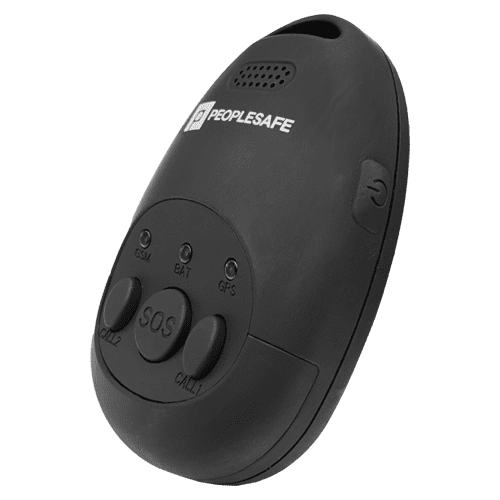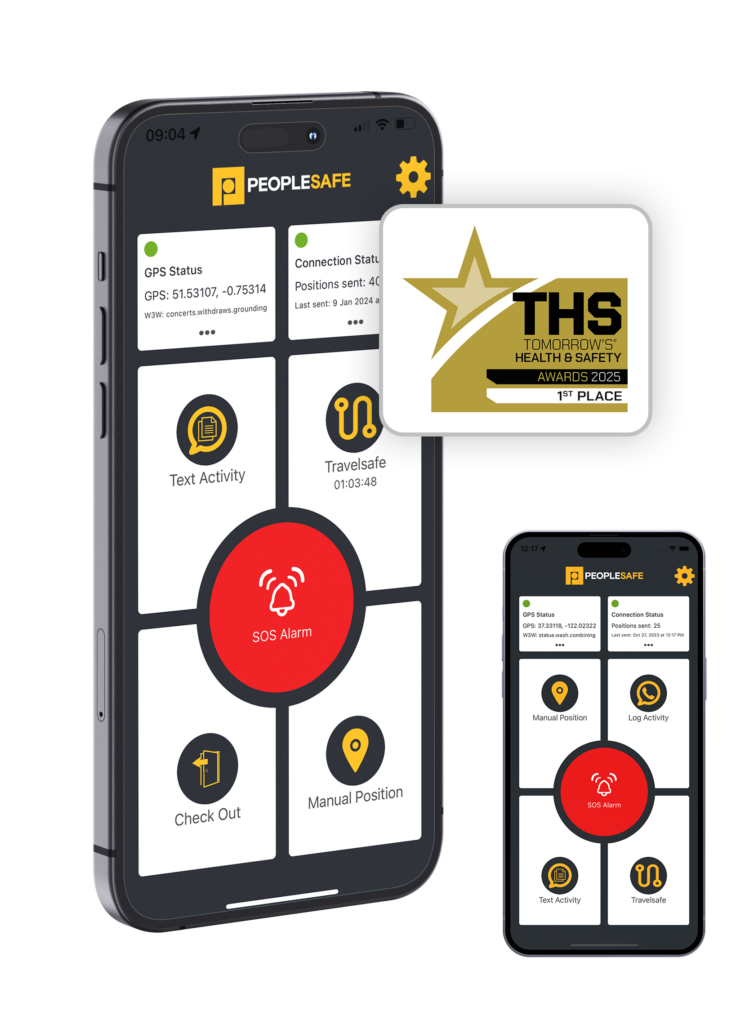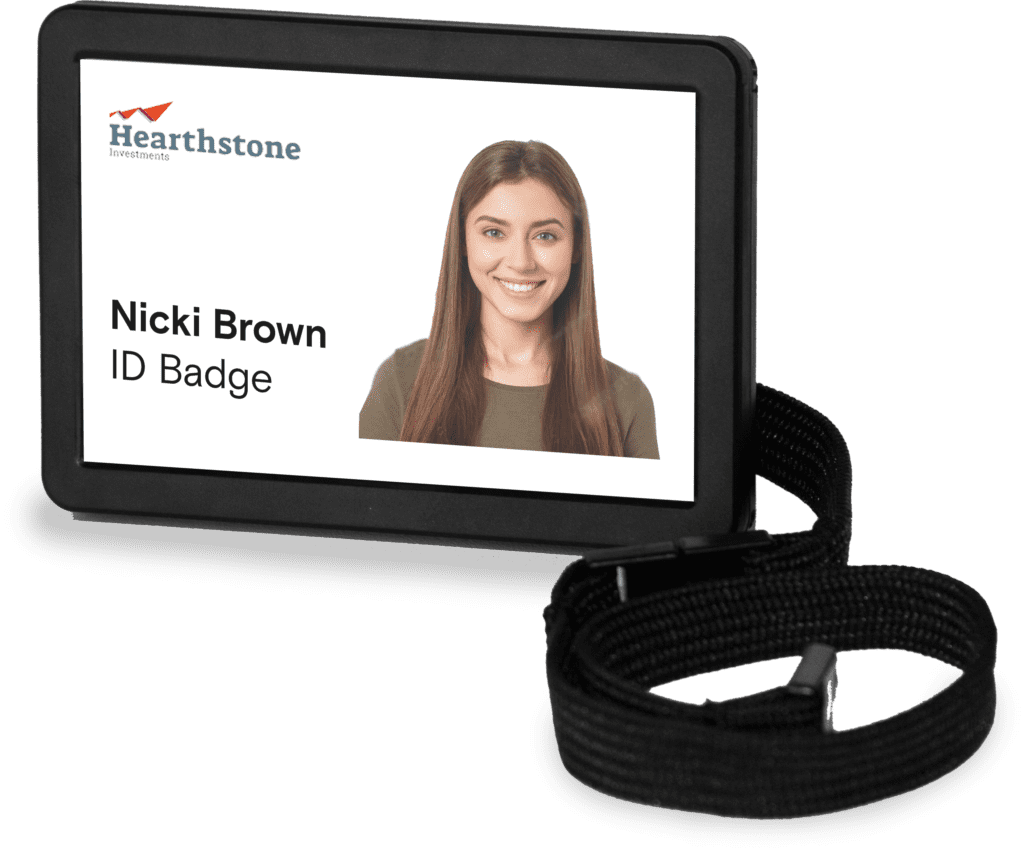Personal Attack Alarms: Monitored Or Passive?
The need for an added layer of security in our daily lives has led to a surge in the popularity of personal panic alarms: technology designed to provide a means of getting help when we find ourselves in vulnerable situations. Carrying a personal attack alarm can help keep you safe, both while working and in your daily life.
These ‘personal attack’ or ‘panic’ alarms come in various forms, but one key decision that every individual must make is whether to opt for a monitored personal attack alarm or a passive one. This choice can greatly impact your peace of mind and the efficiency of your personal safety measures.
Here are some of the key differences between passive and monitored personal attack alarms.
Passive Personal Attack Alarms
These aim to surprise and confuse the attacker by setting off a loud shrill sound. This distraction gives you a chance to escape and signals to anyone nearby that you’re in trouble and need help.
Attackers rely on frightening a victim into being compliant and will not want to draw attention to what they are doing. As well as high decibel sound, these types of alarms may also use flashes of light or sprays.
Disadvantages
The alarm does not actually disable the attacker, so the attack may continue. An assailant may continue an attack after the alarm in an attempt to silence it – and in doing so injure the victim. The noise could also aggravate an aggressor, causing the situation to escalate.
The sound may give you time to escape, but what then? Unless someone is nearby and is able and willing to intervene, the victim will remain alone and vulnerable. The effectiveness of this type of alarm is heavily reliant on active bystanders, which can be difficult as attackers often wait until their victim is out of sight and earshot of others.
Some alarms are easily smothered or muffled if the assailant places a hand over it. A victim armed only with a personal alarm really has no control over the situation. An alarm that is easily deactivated or muffled may prevent anyone nearby from knowing someone is signalling for help.
Some personal alarms emit sounds which are very similar to car alarms. Some experts feel that a personal alarm may simply be ignored because people are so used to hearing car alarms go off. There is often so much background noise that we have grown accustomed to police, ambulance and fire service sirens or car and burglar alarms. Therefore, expecting someone to respond to a simple passive personal alarm is an increasing gamble.
Monitored Personal Attack Alarms
In contrast, monitored personal attack alarms, such as lone working devices or an SOS app, are designed to be discrete. They are often subtle or disguised, such as an ID Badge or watch, which allows the victim to get help without making the aggressor aware.
These devices or apps can be activated discretely by pressing an SOS button without a potential attacker noticing. Additionally, they are monitored 24/7 by trained operators at a dedicated Alarm Receiving Centre who have a direct line to police control rooms via URNs, guaranteeing the fastest response possible.
Since 2021 there has been a surge in the popularity of free personal safety apps following the tragic murders of Sarah Everard, Sabina Nessa and Ashling Murphy, with over 600,000 free personal safety apps being downloaded within 5 months. While these apps are accessible, they come with a significant drawback: they rely on family and friends to monitor alerts and take action when an alarm is raised. This method can have critical limitations as there is no guarantee that someone will see the alarm or respond promptly, especially late at night or early in the morning.
These apps while well-intentioned, ultimately underscore the importance of a more comprehensive and professionally monitored approach to personal safety, that ensures a fast and reliable response when it matters most.
Advantages
Activating the device automatically gives your location to the alarm controller. When an alarm is raised, ARC controllers receive an up-to-date GPS position of the device. Integration with What3Words, as demonstrated by the Peoplesafe service, allows the position to be accurate up to 5m².
Users can activate an alarm if they feel unsafe, even before an incident happens. ARC controllers are able to listen in and record ongoing or developing situations. This means that a user does not have to wait until an attack is in progress before activating an alarm. It can be activated at the point that someone’s behaviour begins to cause concern.
The controller can contact the user through the device or their mobile phone. Once an alarm is raised, the ARC controller will be able to listen to the incident through the device and determine if it is safe to speak to the user. The user will then be asked if they are at risk and can simply provide a ‘yes’ or ‘no’ answer.
Police response is faster than calling 999. Monitored service providers have strict accreditations to comply with, and by adhering to them, are granted unique reference numbers (URNs) for police constabularies enabling them to bypass 999 and guarantee a response in life-threatening situations. This process is often quicker than dialling 999 because the controller will have access to the user’s personal information and current location, and be able to describe the situation to the police. Continuing to listen to the ongoing incident, the controller can update the police on any developments and ensure an appropriate response.
If the police are not needed, colleagues can be contacted instead. If the user has activated the device due to feeling uneasy about a particular situation but doesn’t need emergency assistance, they may still need the support of a colleague or manager. A list of ‘escalation contacts’ is kept for each user so that they may be called upon if needed.
Recording can be used as evidence in legal proceedings. All SOS alarm calls to the ARC are recorded and the audio playback of an incident can serve as invaluable evidence when prosecuting an attacker.
The devices can be activated for reasons other than an attack. These reasons could include illness or injury. At Peoplesafe, we have arranged help during medical emergencies including heart attacks and seizures. Lone worker apps or devices can also be configured with a fall detection feature which automatically activates an alarm if the user slips, trips or falls.
Providing staff with this kind of device shows an employer cares. The employer providing a monitored service demonstrates support for employees who may encounter any of the above problems. This also meets a responsibility imposed by health and safety or other legislation.
Although passive devices may indeed deter an attacker, it’s clear that monitored alarms provide the most discrete and comprehensive response to potential risks.
And in a world where feeling safe can significantly impact an organisation’s bottom line, opting to provide your employees with a monitored alarm is a proactive step that can foster a secure work environment but also reinforce your commitment to their wellbeing.
Enhancing Employee Benefits through Monitored Personal Attack Alarms
Despite the name, personal safety extends beyond personal responsibility. According to our research, 51% of employees believe their employer has a duty of care towards them outside of working hours. Therefore, providing access to monitored personal alarms can have a significant effect on your organisation’s HR and human sustainability efforts.
1. Employee Productivity and Happiness:
Negative personal safety incidents impact productivity and have implications on business practices. For 1 in 4 employees, personal safety incidents affected their productivity and wellbeing, and where they occurred, 71% of employers had to implement new, costly changes.
By implementing a monitored alarm, incidents can be addressed in the moment, reducing their impact and creating a safer environment for employees. This not only protects them from potential threats but also contributes to a more content and productive workforce, with a reduced need for costly reactive measures.
2. Recruitment and Retention
A poll of HR leaders by Willis Towers Watson revealed that more than 77% have had problems recruiting and retaining employees. Additionally, our research found that 22% of employees we surveyed cited safety concerns as a reason they chose to leave their job. Although staff recruitment and retention are complex issues, our research clearly shows that employees who feel unsafe at work are less satisfied in all aspects of their role and are more likely to leave their current position compared to workers who have not experienced a negative event.
In a competitive job market, potential employees assess an organisation’s commitment to their safety and wellbeing as a critical factor in their decision, so by implementing a system that makes you stand out from the crowd, organisations can attract top talent.
3. Comprehensive Health and Safety Solution:
Monitored personal attack alarms provide a comprehensive solution for your employees, demonstrating your commitment to their safety and helping you to comply with health and safety regulations. By promptly summoning assistance, they not only prevent dangerous situations from escalating but also provide a lifeline for employees during moments of vulnerability.
Monitored alarms can also provide valuable, reportable data that can be used in implementing changes and improving safety procedures. This allows you to take tangible steps to create a safer work environment, reduce the risk of harm, and proactively address potential hazards.
4. Additional Employee Perk
Providing a monitored alarm system can be seen as an additional employee perk, making up part of your benefits package. Commutes during unsociable hours can be nerve-wracking, with 60% of employees feeling unsafe during these times. Additionally, 83% have made adjustments to their routines due to safety concerns, such as altering their routes or informing someone of their whereabouts. By supplying monitored alarms, you provide employees with a reliable safety net.
This perk offers peace of mind, a sense of security, and a discreet lifeline. It shows that you understand their concerns and are actively taking steps to address them, fostering a sense of trust and appreciation among your workforce. This service is 24/7 so can also be used by employees in their personal lives, whether during late-night outings or other everyday situations where they might feel vulnerable.
It’s therefore clear that by embracing monitored personal attack alarms, employers can enhance their benefits package and contribute to a safer and more secure work environment. These proactive steps address safety concerns, protect employees and strengthen their position in the job market.







